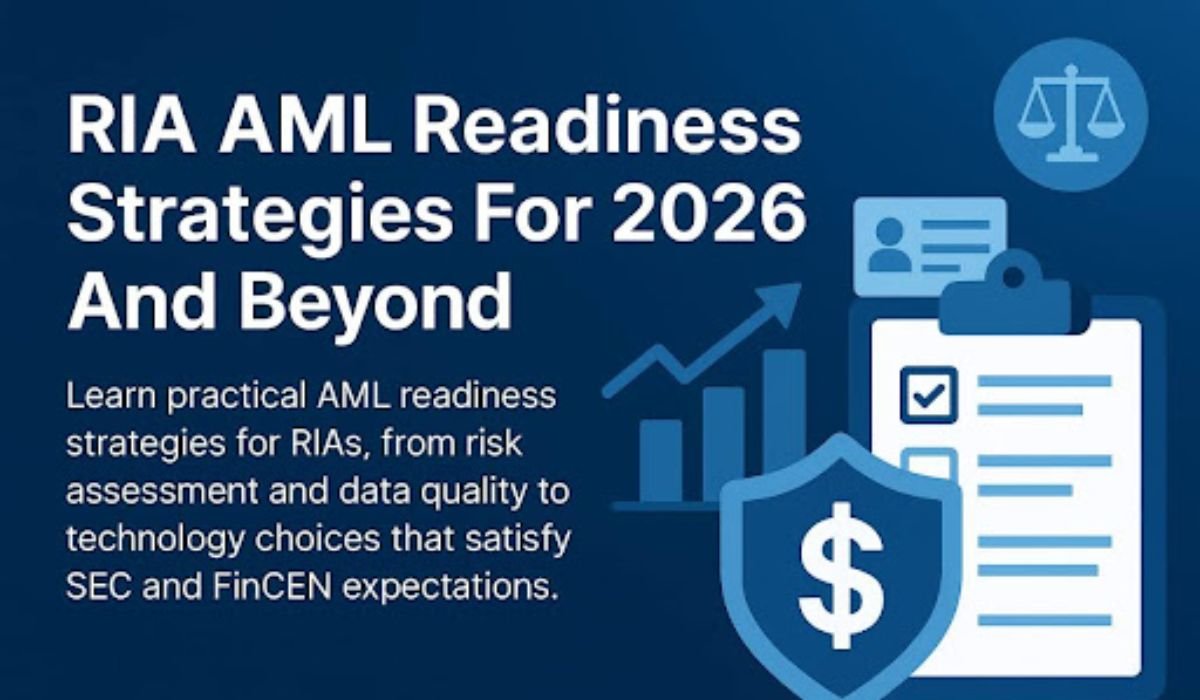Introduction
Inboxes are noisier, readers are faster to judge, and brands fight for every click. While many marketers still rely on basic HubSpot email templates and outdated tactics, smart teams know that conversion-focused emails demand more. This article should challenge the idea that default templates and minimal customization are enough. It will guide readers through actionable, forward-thinking ways to use HubSpot’s tools—not just to send emails, but to send emails that perform. This is not a beginner’s guide; it’s for teams ready to evolve past the basics and build campaigns that convert.
Let’s Stop Sending Pretty Emails That Don’t Perform
Many emails today look beautiful but don’t work well. They load slowly, break on mobile, or get marked as promotions. In 2025, good design means more than just colors and images—it means performance. For example, a retail brand sent a flashy email with big banners, but it didn’t load on mobile, and clicks dropped. On the other hand, a brand using HubSpot email templates sent a clean, fast-loading email that worked on every device—and clicks went up 40%. HubSpot’s tools also let marketers preview emails across devices before sending. This helps make sure every email looks good and performs. A pretty email is useless if no one sees or clicks it—performance-first design is what converts.
Personalization Isn’t Just Using a Name Anymore
Just adding someone’s name isn’t enough anymore. In 2025, smart emails change based on what people do. With HubSpot, marketers can build templates that show different content to different people—like one email, but with parts that swap out depending on who’s reading. For example, if a user is new, the email might show a “Get Started” button. But for a returning customer, it might show “Upgrade Now.” A clothing brand could even highlight winter coats to cold-region shoppers and t-shirts to those in warmer areas. HubSpot makes this easy with dynamic content tools that pull from contact data. This kind of personalization feels helpful—not robotic—and that’s what makes people click.
Modular Design: Your Secret to Scaling with Consistency
Creating emails from scratch each time wastes hours. That’s where modular design helps—think of it like building with LEGO blocks. HubSpot’s drag-and-drop editor lets teams save and reuse branded sections like headers, product cards, or footers. So instead of starting over, marketers can just mix and match these modules to create fresh emails fast. This keeps the look consistent, even across big teams. For example, a travel brand reused the same destination block in multiple campaigns but changed the offer and image. It saved time and kept branding sharp. Plus, testing different layouts is simple—no coding needed. Modular templates make it easier to scale while staying true to your brand.
Don’t Just Guess—Test What Converts
Guessing what works in email marketing is risky. Instead, smart teams test everything—from subject lines to button colors. HubSpot makes this simple with built-in A/B testing. For example, one brand tested two subject lines: “Don’t Miss Out!” vs. “Your Weekend Deal Awaits.” The second one got 25% more opens. Marketers can also test layouts or CTAs to see what gets more clicks. No need for extra tools—it’s all inside HubSpot. Over time, these small tests add up to big improvements. By checking real data, not just gut feeling, teams can build emails that truly convert. The more you test, the better your results.
The Smart Way to Time and Trigger Your Emails
Sending one email to your entire list at the same time doesn’t work anymore. In 2025, timing is everything. With HubSpot’s automation tools, marketers can set up emails to send when a user takes a specific action—like signing up for a webinar, clicking a product, or leaving items in their cart. For example, if someone abandons a checkout, they get a friendly reminder email within an hour. Or if they revisit a pricing page, they might get a helpful guide the next day. These emails feel timely and personal, not random. That’s why they convert better—because they show up exactly when the reader is most interested.
Templates Are Only as Good as the Tools Around Them
Even the best email template won’t do much if it’s used alone. In 2025, great email marketing is part of a bigger system. HubSpot connects email with CRM data, allowing teams to send the right message to the right person based on where they are in the customer journey. For example, someone in the early research stage might get blog content, while a warm lead sees a demo invite. Email should also align with social media campaigns, retargeting ads, and sales follow-ups. HubSpot’s dashboards let you track it all in one place. The best-performing emails aren’t one-offs—they’re part of a full marketing ecosystem.
Conclusion
Today’s top-performing emails aren’t just templates—they’re tailored experiences powered by data, behavior, and smart automation. HubSpot gives marketers the tools to build these experiences, but only if they move beyond the drag-and-drop basics. End with a call to action encouraging teams to revisit their templates and audit them for performance, personalization, and automation potential. In 2025, every email is a chance to convert—don’t waste it.
READ ALSO: Your Secure Guide: How to Installturbotax.cc with License Code











